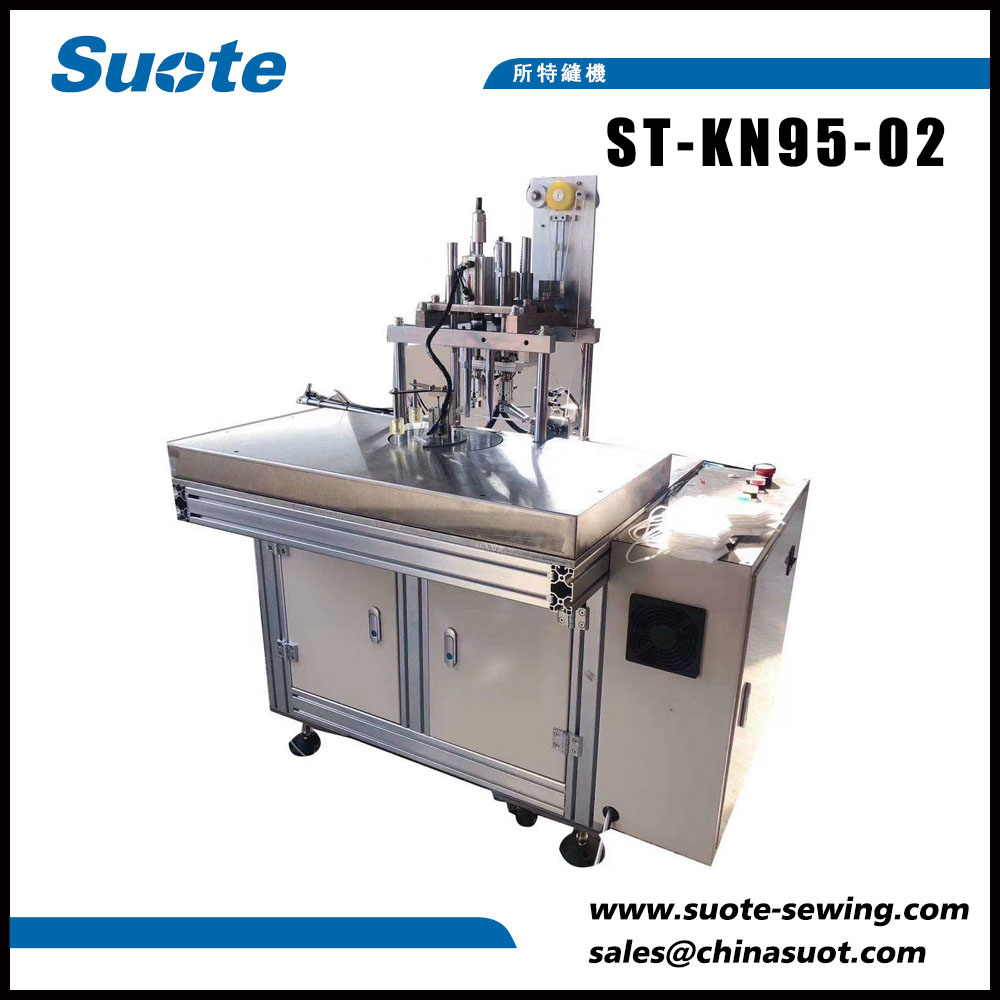Classification of masks and classification of standard masks
According to the shape, masks are divided into three types: flat type, folding type and cup-shaped. Flat masks are easy to carry, but have poor adhesion; folding masks are easy to carry; cup-shaped breathing space is large, but it is not convenient to carry. According to the way of wearing, it is suitable for workshop workers who wear it for a long time, and it is troublesome to wear. Ear-wearing style: easy to wear, suitable for frequent wearing and taking off. Neck-wearing style: With S hooks and some soft material connectors, the connecting ear straps are converted to neck straps, which are suitable for long-term wear and are more convenient for workshop workers such as wearing helmets or protective clothing. Classification of gauze masks according to the materials used: There are still some workshops using gauze masks, but the GB19084-2003 standard that they follow is low, and it does not meet the GB2626-2019 standard, and can only protect against large particles of dust. Non-woven masks: Disposable protective masks are mostly non-woven masks, mainly physical filtration supplemented by electrostatic adsorption. Cloth masks: Cloth masks only have a warming effect without filtering PM and other very small particles. Paper mask: It is suitable for food, beauty and other industries. It has the characteristics of good air permeability, convenient and comfortable use, etc. The paper used conforms to the GB/T22927-2008 standard. Masks made of other materials, such as new biological protective filter materials.
According to the scope of application 1. Medical masks: domestically divided into three categories, medical ordinary masks, medical surgical masks, medical protective masks. 2. Particulate protective masks: industrial use conforms to the GB2626-2019 standard, special labor protection products safety mark certification (LA certification), in 2015, it was changed from compulsory certification to voluntary certification. If it is used to prevent smog, it needs to use the insert type, which must meet the GB/T32610-2016 standard. Civil use meets the GB/T32610-2016 standard. 3. Warm cloth masks: Warm masks, suitable for winter wear, only need to meet the relevant standards of fabrics. Other special industries: such as chemical industry.
Other respiratory protective masks can be divided into filter type and isolation type. Filter type can be divided into air supply filter type and self-priming filter type. The latter can be divided into half mask and full mask; isolation type can be divided into air supply type and portable type. Air type, both include positive pressure type and negative pressure type.







